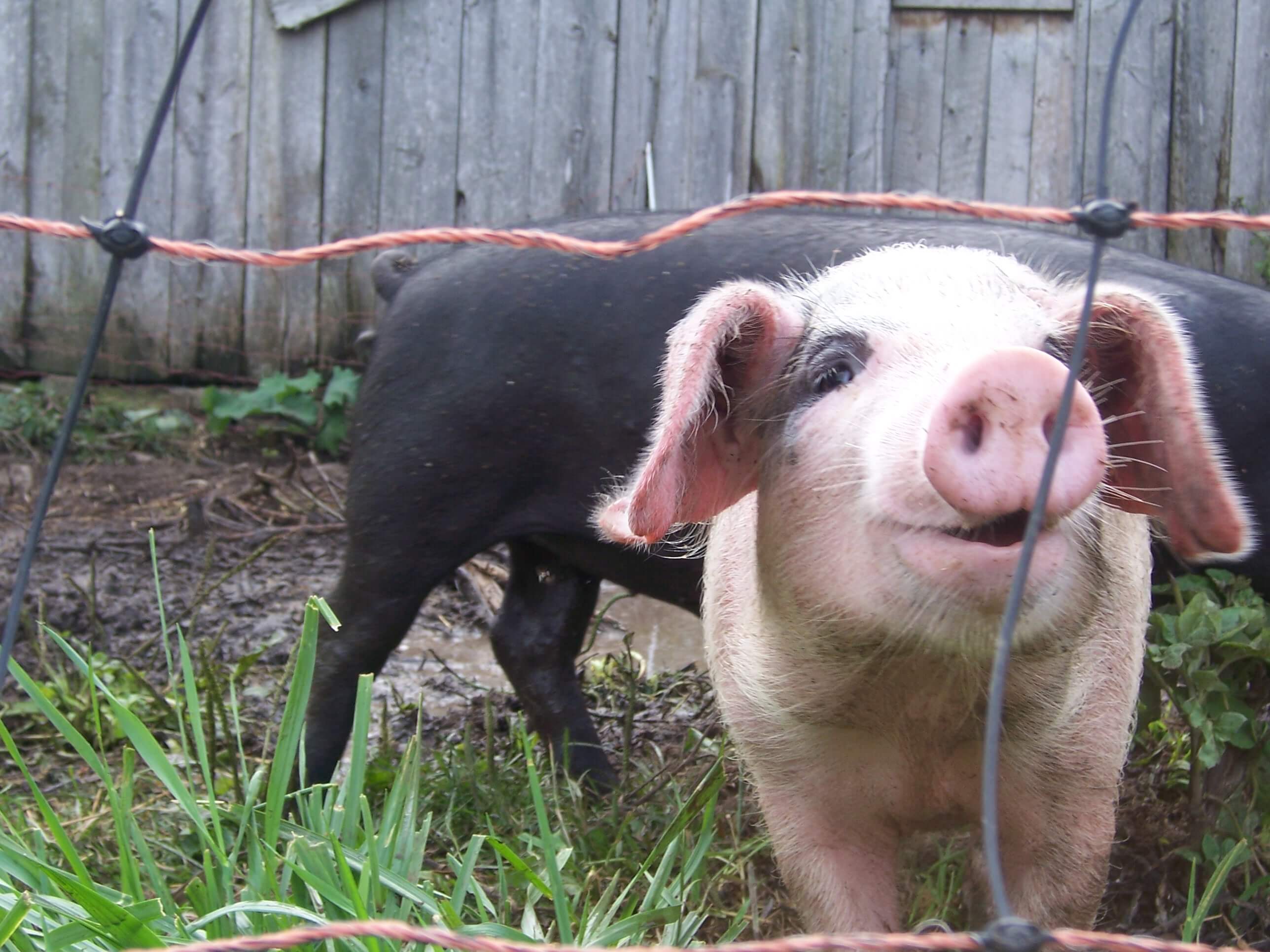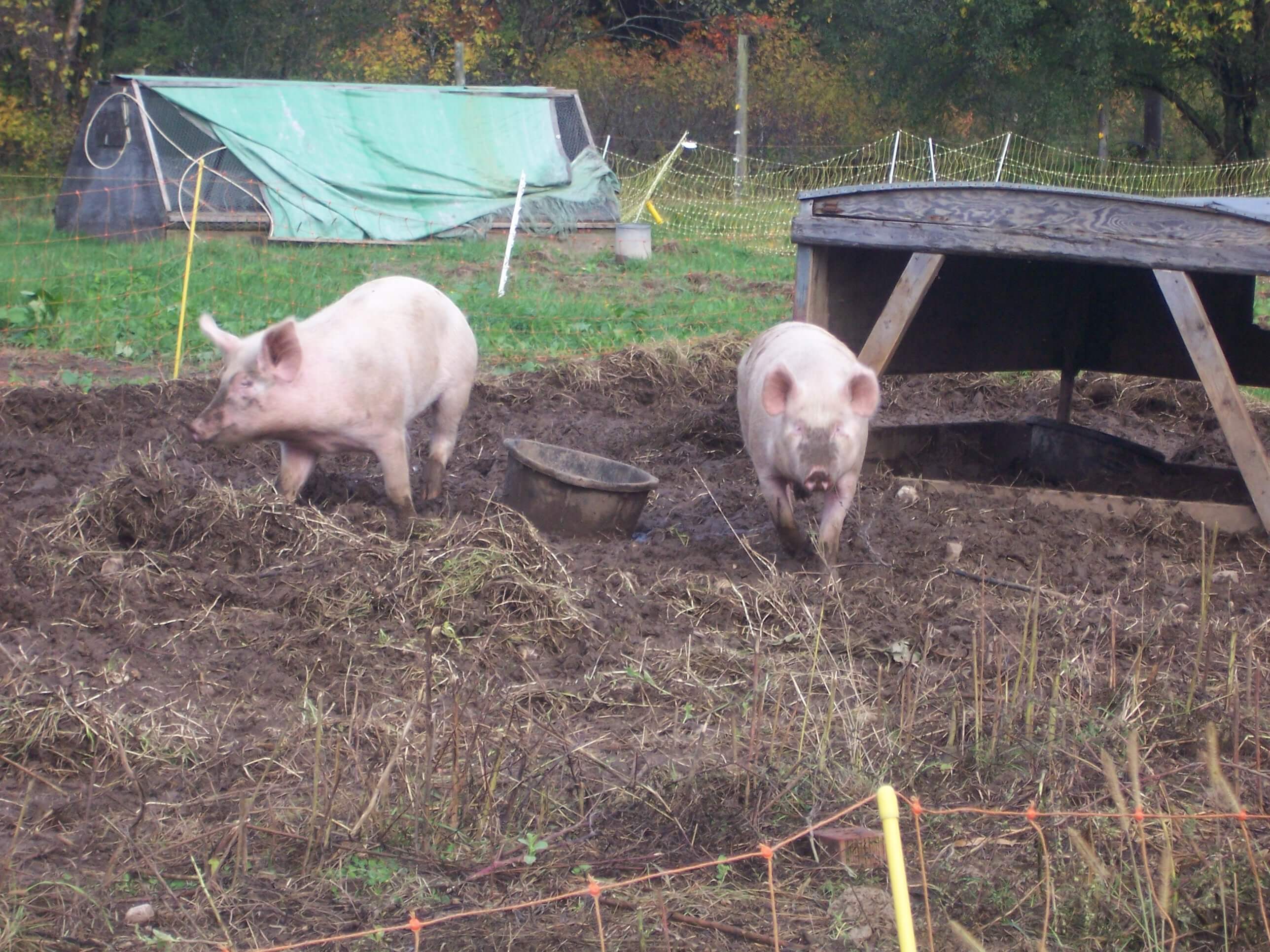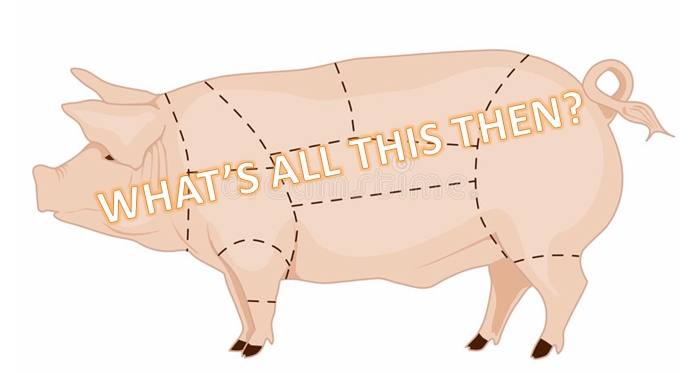Selling Pigs for Meat: A Practical Guide for Small Property Owners
 Selling pigs for meat can be a profitable side hustle
Selling pigs for meat can be a profitable side hustleWith rising uncertainty around global supply chains and a growing interest in self-sufficiency, many small property owners are asking: how can I generate extra income from my land?I asked myself those same questions when I bought New Terra Farm back in June 2000 (just after Y2K). One answer I came up with was selling pigs for meat.
It might be an answer for you too, as a small property owner. It’s not just about the bacon—it’s about building resilience, fostering independence, and tapping into a rewarding side hustle.
Let’s break down the why, what, how, and real-world challenges of selling pastured pork. Whether you’re a complete newbie or just curious if pigs might be your next pasture project, this guide is for you.
Why Consider Selling Pigs for Meat?
Food Security & Independence
Raising pigs means you control your food source. In an age of supply chain issues and rising grocery bills, this is no small advantage. My number one rule for small growers: Feed Yourself First. Having a freezer full of your own bacon, ham and chops is a comforting feeling.
Income Potential
Each pig can yield over 150 pounds of saleable cuts, retailing at $3–$6 per pound depending on cut and quality. Multiply that by a small herd and you’re looking at a solid seasonal revenue stream. I've always been able to sell as much pork as my infrastructure and inclinations allowed.
Sustainable Land Use
Pigs thrive on kitchen scraps, pasture, and rotated grazing. This makes them ideal for small-acreage setups, especially when integrated into a regenerative farming model. I pen my pastured pigs near my big garden. There is no better way to compost garden waste than run it through a pig!
Community Demand
There’s a rising demand for locally sourced, ethically raised meat. Farmers' markets, friends and neighbours, and direct-to-consumer sales can yield loyal customers and premium prices. Every food scare and recall you hear about is good news for the small pork producer.
What You’ll Need to Get Started
 That pig hut used to be a homemade truck cap. Cost me $2 at a farm auction.
That pig hut used to be a homemade truck cap. Cost me $2 at a farm auction.If you raise pigs seasonally on pasture, no need for a barn; just some basics as shown. DO NOT start with breeding stock. Get a couple weaned piglets from a local farmer (or the sale barn, if no other option).
Pick a Breed
Go with tried-and-true meat pigs like Duroc, Berkshire, or Yorkshire. Each has its pros, but don’t overthink it. I've raised Berks, Tamworths, Yorkshires and crosses of most of them. They all did fine. Again, local breeders are usually your best starting point.
Strong Fencing & Shelter
You’ll quickly learn pigs are curious and clever. Think “Houdini in hog form.” Invest in electric fencing or strong panels, and make sure they’ve got shade and a dry place to sleep. We've been using electric mesh fencing to raise pigs for more than 20 years, never had an escapee. It's the most practical, portable way to rotationally graze your pigs. In the picture above you can see the boys hard at work preparing my garden area for next season.
Feed & Fresh Water
Kitchen scraps and garden waste can supplement your feed, but pigs grow best on a balanced diet. Grain feed (or custom-milled blends) is your best bet for fast, healthy growth. That said, I know a lady who set up a collection route with her own truck to pick up surplus and waste products from grocery stores and restaurants. She raised a LOT of pork for very little money.
Processing Plan
Decide now how your pigs will be turned into pork. Will you process on-farm (if legal), use a local butcher, or go through a licensed facility? Each route has its rules and returns. While we have butchered a piggie or two for our own use, when it comes to selling pigs for meat we always use a licensed and inspected abattoir. Costs more, but we're paying for peace of mind.
Know the Rules
Check your local laws—every region’s different. Some places require inspections; others are more relaxed. Starting small, with live or whole pig sales, often simplifies the red tape.
How to Sell Pigs for Meat (Without Losing Your Mind OR Your Money)
 Know the cuts, sell the cuts
Know the cuts, sell the cutsSell custom cut and wrap.
I take cutting orders for a whole or half-pig from my customers before the trip to the abattoir. The place I use will kill, cut, wrap and freeze the order. They also offer smoking, sausage making, and vac packing. I explain all this to my customer, and the associated fees for these services. Here's a useful guide to pork cuts.
Know your costs. You need to keep track of the cost of buying the weaners, feed, equipment, transport, and the fees at the abattoir. Total all that up to figure a cost per pound for your piggies. Then add a 50-60% markup for your profit. I wrote the Porkulator spreadsheet because I had to do this calculation for every batch of piggies. It's included with my Pigs on Pasture Book. The book also includes a custom cut order form you can use for your customers.
Time It Right
From weaned piglet to butcher weight takes about 5 months. If you start in spring, you’ll be ready for fall—a season when people naturally stock up.
Build Your Buyer List
Start with neighbors, friends, and your local community. From there, tap into:
- Farmers' markets
- Facebook homesteading groups
- Your own email list or newsletter
All our pork was sold in advance to our CSA customers. I also took a deposit to help cover the start-up costs of Operation Bacon.
Make Your Marketing Message Matter
People buy from people with similar values. Tell them how you raise your pigs, what they eat, and why it matters. Be proud of your process—it’s your best selling point.
The Challenges of Selling Pork
Feed Ain’t Cheap
Bulk-buy or supplement with your own grain if possible. We bought feed from a local grain farmer that had his own mill. About one-third cheaper than the feed store. Way back, my dad worked a deal with the chef at a local restaurant. The chef put aside non-meat food waste each day and dropped it off at our farm. Dad paid him back in pork. Cut a big chunk from the feed bill
Red Tape Can Be a Pain
Meat sales come with rules, and some jurisdictions are stricter than others. Start with fewer pigs and learn the ropes gradually.
It’s Daily Work
You can skip a day in the garden, but pigs need care every single day. They’ll test your fences, dump their water, and root holes in your pasture if you don't move them regularly.
Is It Worth It?
In our experience, absolutely. If you’re ready to commit to the task and put your land to work, pigs can offer a meaningful and profitable path forward. You’ll learn a lot, eat well, and connect with your land in a whole new way.
Start with two pigs. Get to know how they behave and what they need. Learn the ropes. That's the low-risk way to build a solid side-hustle selling pigs for meat.
Free Mini-Farm Guide
Get my FREE One-Acre Farm Plan and learn how to raise pigs, chickens and more, integrated with an organic market garden, to make more money from your small property.
Imagine building a profitable and sustainable mini-farm even on a small piece of land.
Enter your email address and your free report will be sent to you right away.
See Something You Like? Share!
Comment or Question About This Topic?
Got something to say or story to tell about this? Share it!
- Home
- Selling Pigs For Meat